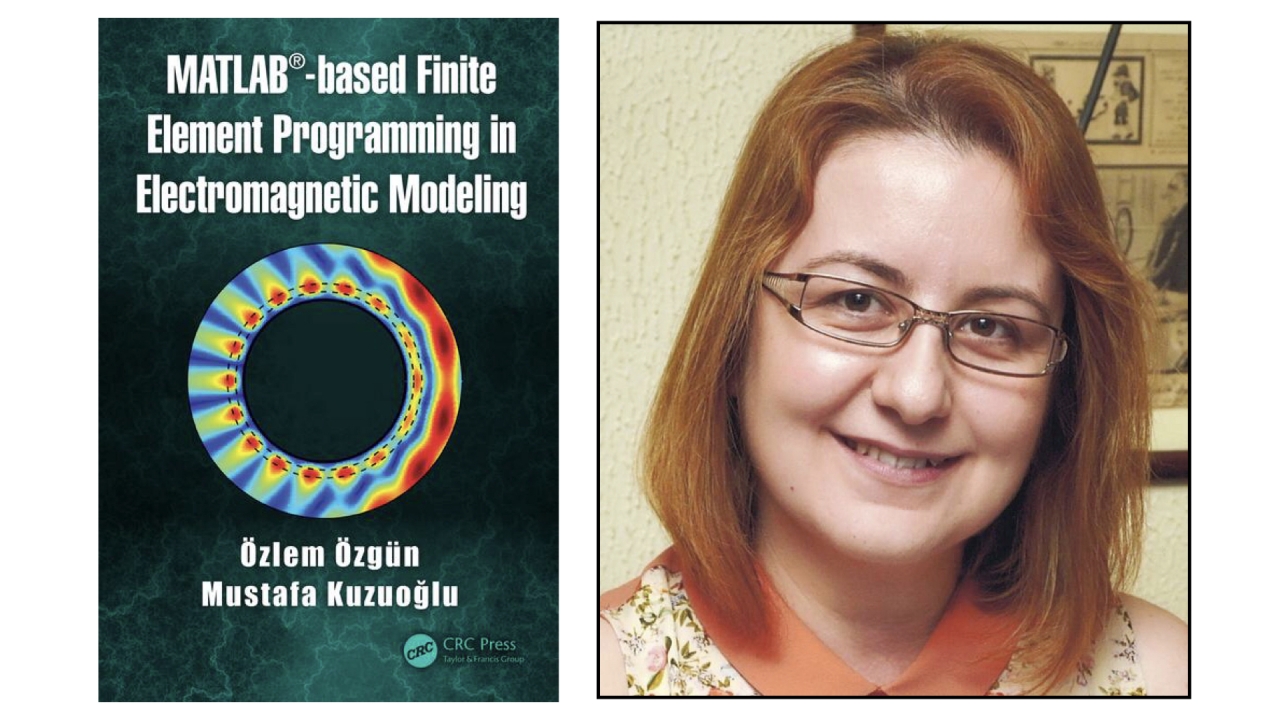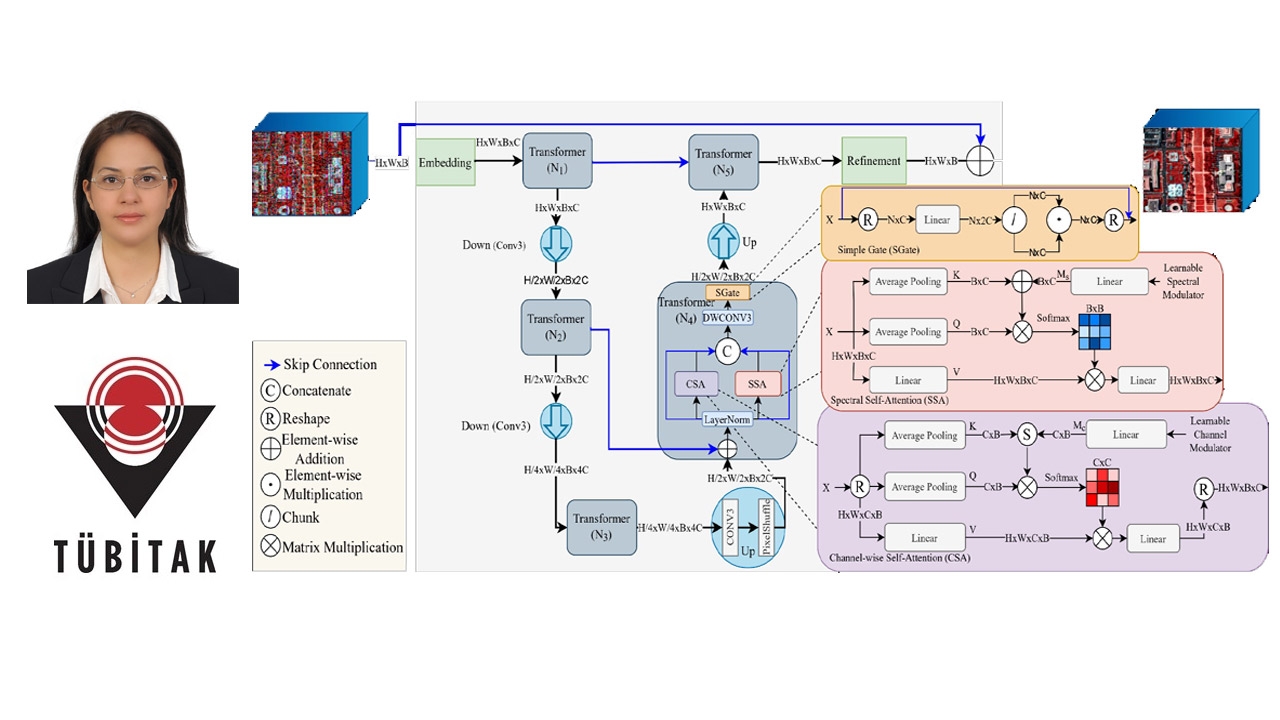News
New textbook by Prof. Özgün and Prof. Kuzuoğlu now on the shelves
October 8, 2018
A textbook "MATLAB-based Finite Element Programming in Electromagnetic Modeling" written by our faculty member Prof. Dr. Özlem Özgün and Prof. Dr. Mustafa Kuzuoğlu is now on the shelves worldwide.

As described on its publisher CRC Press’ site:
"This book is a self-contained, programming-oriented and learner-centered book on finite element method (FEM), with special emphasis given to developing MATLAB® programs for numerical modeling of electromagnetic boundary value problems. It provides a deep understanding and intuition of FEM programming by means of step-by-step MATLAB® programs with detailed descriptions, and eventually enabling the readers to modify, adapt and apply the provided programs and formulations to develop FEM codes for similar problems through various exercises. It starts with simple one-dimensional static and time-harmonic problems and extends the developed theory to more complex two- or three-dimensional problems. It supplies sufficient theoretical background on the topic, and it thoroughly covers all phases (pre-processing, main body and post-processing) in FEM. FEM formulations are obtained for boundary value problems governed by a partial differential equation that is expressed in terms of a generic unknown function, and then, these formulations are specialized to various electromagnetic applications together with a post-processing phase. Since the method is mostly described in a general context, readers from other disciplines can also use this book and easily adapt the provided codes to their engineering problems. After forming a solid background on the fundamentals of FEM by means of canonical problems, readers are guided to more advanced applications of FEM in electromagnetics through a survey chapter at the end of the book.”
We express our congratulations to the authors.
"This book is a self-contained, programming-oriented and learner-centered book on finite element method (FEM), with special emphasis given to developing MATLAB® programs for numerical modeling of electromagnetic boundary value problems. It provides a deep understanding and intuition of FEM programming by means of step-by-step MATLAB® programs with detailed descriptions, and eventually enabling the readers to modify, adapt and apply the provided programs and formulations to develop FEM codes for similar problems through various exercises. It starts with simple one-dimensional static and time-harmonic problems and extends the developed theory to more complex two- or three-dimensional problems. It supplies sufficient theoretical background on the topic, and it thoroughly covers all phases (pre-processing, main body and post-processing) in FEM. FEM formulations are obtained for boundary value problems governed by a partial differential equation that is expressed in terms of a generic unknown function, and then, these formulations are specialized to various electromagnetic applications together with a post-processing phase. Since the method is mostly described in a general context, readers from other disciplines can also use this book and easily adapt the provided codes to their engineering problems. After forming a solid background on the fundamentals of FEM by means of canonical problems, readers are guided to more advanced applications of FEM in electromagnetics through a survey chapter at the end of the book.”
We express our congratulations to the authors.
More news










